

Articles
How To Store Soy Sauce After Opening
Modified: December 7, 2023
Discover the best methods for storing soy sauce after opening with our informative articles. Keep your soy sauce fresh and flavorful for longer.
(Many of the links in this article redirect to a specific reviewed product. Your purchase of these products through affiliate links helps to generate commission for Storables.com, at no extra cost. Learn more)
Introduction
Soy sauce is a versatile condiment that adds rich flavor to a wide range of dishes. Whether you use it for stir-fries, marinades, or dipping sauces, properly storing soy sauce after opening is essential to maintaining its freshness and flavor.
In this article, we will explore the importance of proper soy sauce storage and provide you with step-by-step instructions on how to store soy sauce after opening. We will also discuss the types of containers that are recommended for soy sauce storage and share some tips to help you maintain its freshness for longer periods.
By following these guidelines, you can ensure that your soy sauce stays fresh, flavorful, and ready to elevate your culinary creations.
Key Takeaways:
- Properly storing soy sauce after opening is crucial to preserve its freshness, flavor, and quality. Follow simple steps like transferring to an airtight container and avoiding exposure to light to maintain its rich taste.
- Choosing the right container, keeping it tightly sealed, and following storage tips can ensure your soy sauce remains fresh and flavorful. With proper care, you can enjoy the rich and savory flavor of soy sauce in your culinary creations.
Read more: How To Store Soy Sauce
Importance of Proper Soy Sauce Storage
Proper soy sauce storage is crucial for maintaining its quality, taste, and aroma. When soy sauce is exposed to air, light, and heat, it can deteriorate and lose its flavor over time. Here are a few reasons why proper storage is important:
- Preserves Freshness: Soy sauce contains natural enzymes, amino acids, and salts that contribute to its complex flavor profile. By storing soy sauce properly, you can preserve these components and ensure that your soy sauce remains fresh and flavorful.
- Prevents Contamination: Improperly stored soy sauce can be susceptible to contamination from bacteria and other microorganisms. This can lead to the growth of harmful bacteria and spoilage of the sauce. It is essential to store soy sauce in airtight containers to prevent any potential contamination.
- Extends Shelf Life: When soy sauce is exposed to air, it can oxidize, leading to a gradual loss of its flavor and quality. By following proper storage methods, you can extend the shelf life of your soy sauce and ensure that it maintains its original taste and aroma.
- Minimizes Flavor Changes: Soy sauce contains delicate flavors that can easily be affected by improper storage conditions. Exposure to heat, light, and air can cause the flavors to deteriorate or change, resulting in a less enjoyable taste. By storing soy sauce correctly, you can minimize these flavor changes and continue to enjoy its authentic taste.
Overall, properly storing soy sauce after opening is essential to maintain its freshness, flavor, and quality. With the right storage techniques, you can prolong the shelf life of your soy sauce and ensure that it enhances your culinary creations for a longer period.
Steps to Store Soy Sauce After Opening
Properly storing soy sauce after opening is a simple process that requires a few key steps. By following these steps, you can ensure that your soy sauce remains fresh and flavorful for an extended period:
- Transfer to an Airtight Container: After opening the original soy sauce bottle, it is advisable to transfer the sauce to an airtight container. This helps to minimize exposure to air, which can lead to flavor deterioration. Choose a container made of glass or food-grade plastic that has a tight-fitting lid to prevent any air from entering.
- Remove Air Bubbles: Once you have transferred the soy sauce to the airtight container, make sure to remove any air bubbles by gently tapping the container on a flat surface. This helps to ensure that there are no pockets of air trapped inside, which can encourage oxidation and spoilage.
- Seal and Store: Once the soy sauce is in the airtight container, seal it tightly to prevent air from getting in. Place the container in a cool, dark place, away from direct sunlight and heat sources. This helps to maintain the flavor and quality of the soy sauce over time.
- Label and Date: To keep track of the storage time, it is recommended to label the container with the date of opening. This allows you to monitor the freshness of the sauce and avoid using it past its prime. Use a permanent marker or a label maker to clearly mark the date.
- Refrigerate, if desired: While soy sauce does not necessarily need to be refrigerated after opening, storing it in the refrigerator can help prolong its shelf life. If you prefer a chilled soy sauce, or if you live in a warmer climate, refrigeration is a good option. Just make sure the container is well-sealed to avoid any moisture or odors from affecting the sauce.
By following these steps, you can effectively store soy sauce after opening and maintain its flavor and quality throughout its shelf life.
Store soy sauce in a cool, dark place, away from direct sunlight and heat sources. Keep the bottle tightly sealed to prevent air exposure and refrigerate after opening to maintain freshness.
Recommended Containers for Soy Sauce Storage
Choosing the right container for storing soy sauce is essential to maintain its freshness and prevent any flavor contamination. Here are some recommended containers for soy sauce storage:
- Glass Bottles: Glass bottles are an excellent choice for storing soy sauce. They are non-reactive and do not absorb any flavors or odors from the sauce. Look for glass bottles with airtight seals or resealable caps to minimize exposure to air and maintain the integrity of the sauce.
- Food-Grade Plastic Containers: If you prefer a lightweight and shatterproof option, food-grade plastic containers are a good alternative. Make sure that the plastic used is specifically designed for food storage and does not contain any harmful chemicals that could leach into the soy sauce.
- Ceramic Bottles: Ceramic bottles can also be used to store soy sauce. They offer a stylish and decorative option while providing adequate protection from air and light. Look for ceramic bottles with tight-fitting lids or caps to ensure a proper seal.
- Stainless Steel Containers: Stainless steel containers can be a durable and long-lasting choice for soy sauce storage. They are resistant to corrosion and do not react with the acidic nature of soy sauce. Opt for stainless steel containers with airtight closures to prevent any oxidation or flavor contamination.
When selecting a container, ensure that it is clean and free from any residue or previous flavors that could transfer to the soy sauce. Additionally, choose a size that matches your consumption rate to minimize air exposure when opening and closing the container.
Regardless of the container you choose, always remember to keep it tightly sealed and store the soy sauce in a cool, dark place to maintain its quality and freshness.
Tips to Maintain Soy Sauce Freshness
To ensure the freshness and quality of your soy sauce, here are some helpful tips to follow:
- Keep it Sealed: Whether you store soy sauce in its original bottle or transfer it to another container, make sure it is tightly sealed. This prevents air from entering and helps maintain the flavor and freshness of the sauce.
- Avoid Exposure to Light: Light can cause the flavor of soy sauce to deteriorate over time. Store your soy sauce in a cool, dark place, away from direct sunlight or bright artificial light sources.
- Minimize Air Exposure: Oxygen can lead to the oxidation of soy sauce, affecting its flavor and quality. Make sure to keep the container tightly sealed and try to minimize the amount of time the container is opened.
- Use Clean Utensils: When using soy sauce, always use clean utensils to prevent any contamination. Avoid using wet or dirty spoons, as moisture or particles can introduce bacteria and affect the freshness of the sauce.
- Monitor the Expiration Date: Soy sauce, like any other condiment, has an expiration date. Check the label or bottle for the expiration date and use the sauce before or by that date for the best flavor and quality.
- Store in the Refrigerator, if desired: While not necessary, storing soy sauce in the refrigerator can help extend its shelf life. If you choose to do so, ensure the container is tightly sealed and free from any strong-smelling foods that can transfer odors to the soy sauce.
- Avoid Heat: High temperatures can accelerate flavor deterioration in soy sauce. Keep the container away from heat sources such as stoves, ovens, and microwaves to maintain its freshness.
- Avoid Freezing: Freezing soy sauce is not recommended as it can negatively impact its flavor and texture. Soy sauce contains a high concentration of salt, which can cause it to separate and lose its quality upon thawing.
- Discard if Spoiled: If you notice any signs of spoilage in your soy sauce, such as a strange odor, mold growth, or change in color, discard it immediately. It is better to be safe than sorry when it comes to consuming spoiled soy sauce.
By following these tips, you can ensure that your soy sauce remains fresh, flavorful, and ready to enhance the taste of your favorite dishes.
Read more: How To Store Tomato Sauce After Opening
Conclusion
Properly storing soy sauce after opening is essential to maintain its freshness, flavor, and quality. By following the steps outlined in this article and implementing the recommended storage methods, you can prolong the shelf life of your soy sauce and ensure it remains ready to enhance your culinary creations.
Remember to transfer the soy sauce to an airtight container, remove air bubbles, and seal it tightly to minimize exposure to air. Store the container in a cool, dark place away from light and heat sources, and consider refrigerating it for even longer freshness.
Choosing the right container is key, and options such as glass bottles, food-grade plastic containers, ceramic bottles, or stainless steel containers offer suitable choices for soy sauce storage. Keeping the soy sauce tightly sealed, using clean utensils, and monitoring the expiration date are important practices to maintain its freshness.
By following these guidelines and implementing proper soy sauce storage techniques, you can ensure that your soy sauce remains flavorful and of high quality throughout its shelf life. Enjoy the rich and savory flavor of soy sauce in your favorite dishes reliably and confidently.
Remember, a little attention to proper storage goes a long way in preserving the freshness and enhancing the flavor of this beloved condiment.
Frequently Asked Questions about How To Store Soy Sauce After Opening
Was this page helpful?
At Storables.com, we guarantee accurate and reliable information. Our content, validated by Expert Board Contributors, is crafted following stringent Editorial Policies. We're committed to providing you with well-researched, expert-backed insights for all your informational needs.
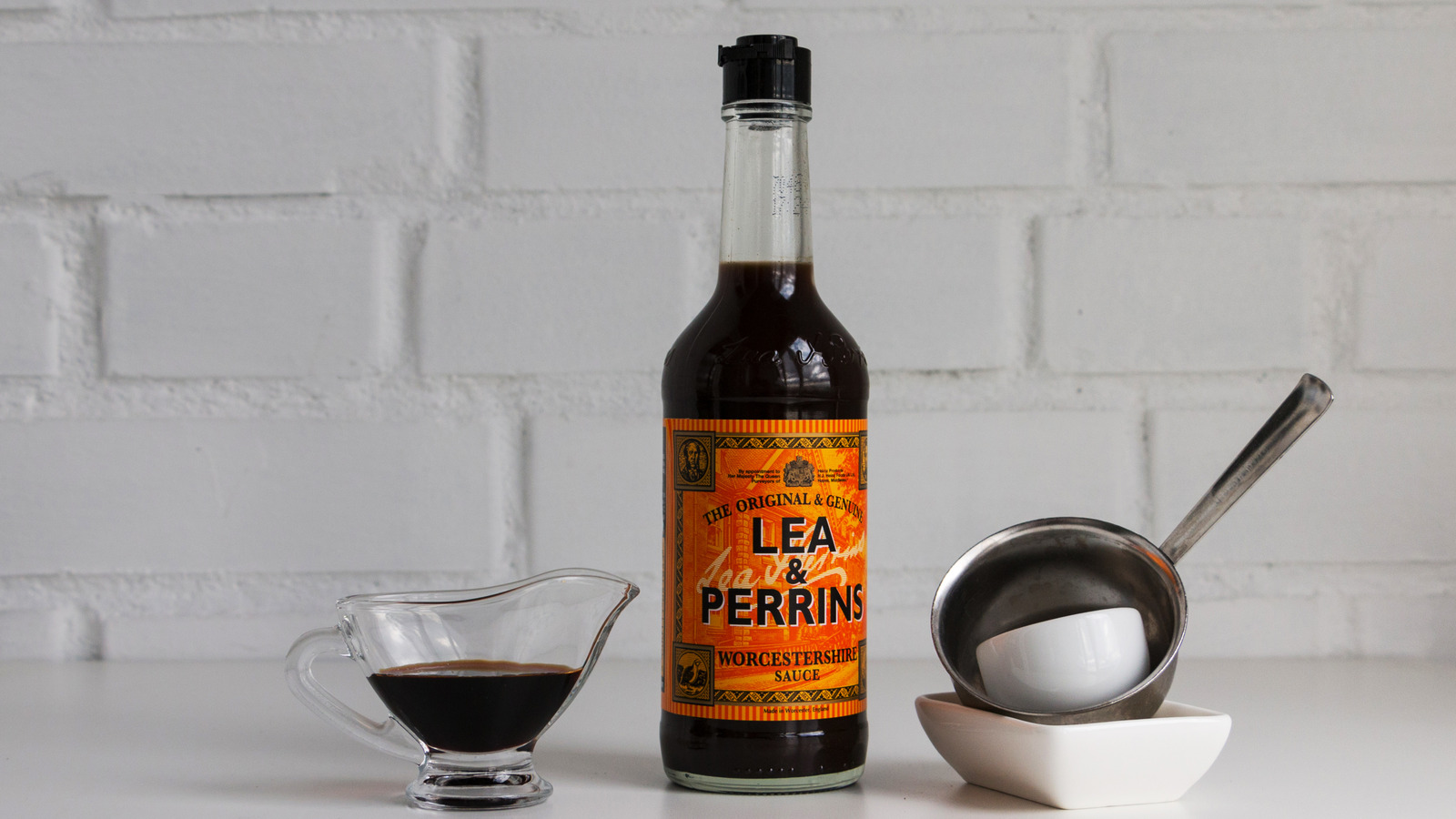
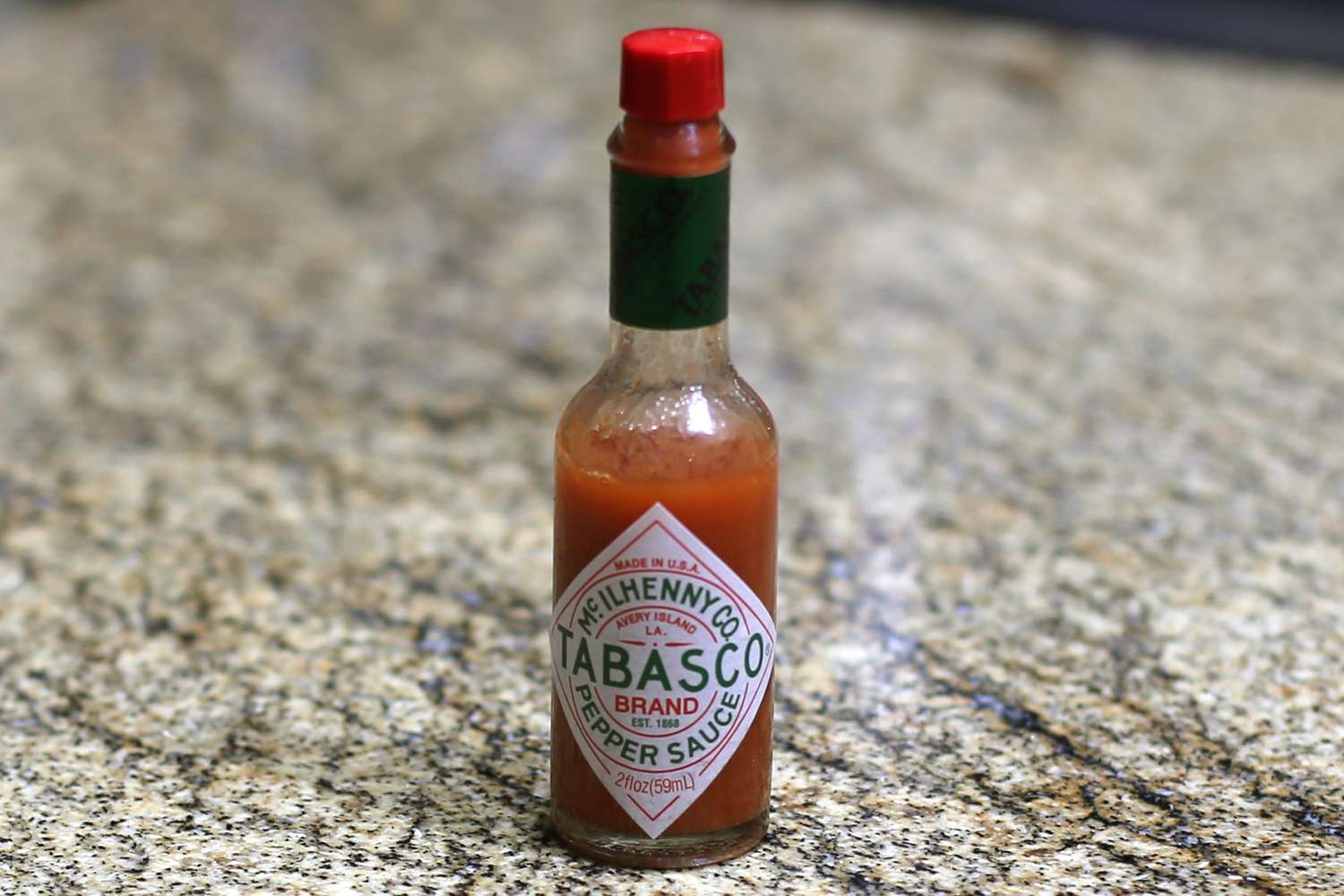

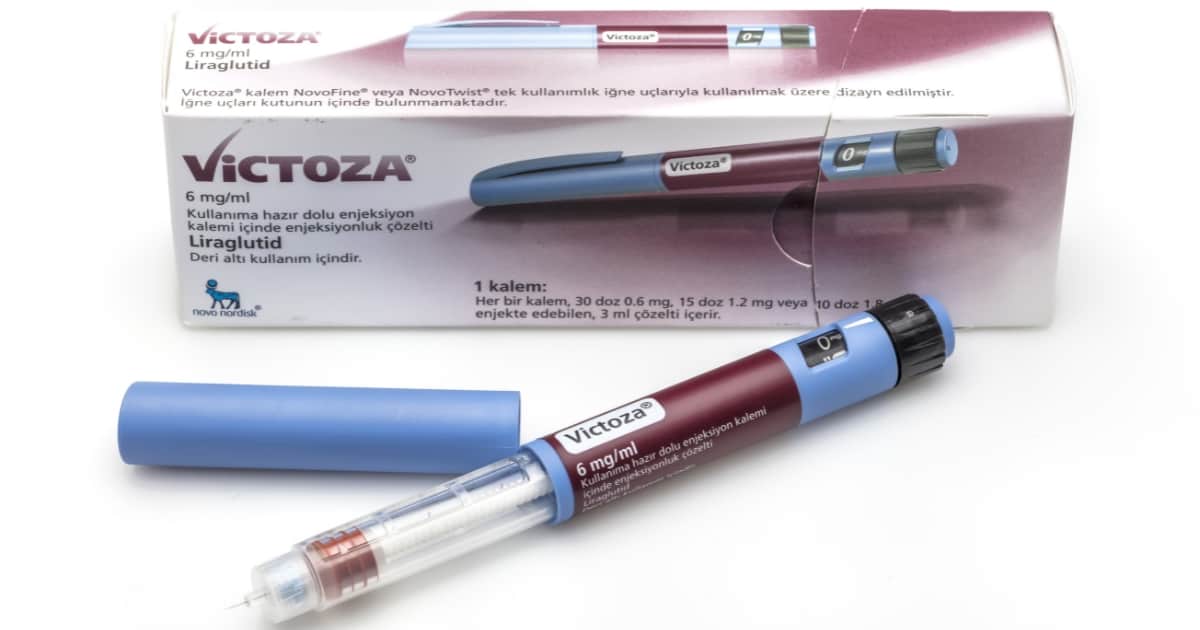
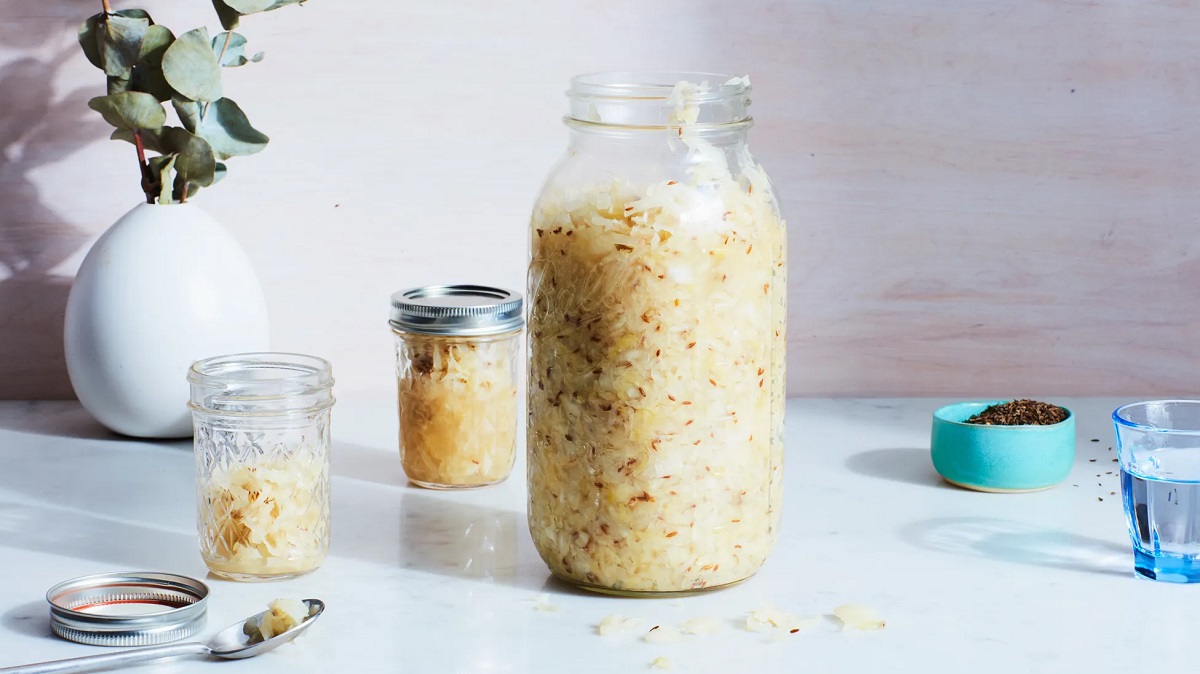

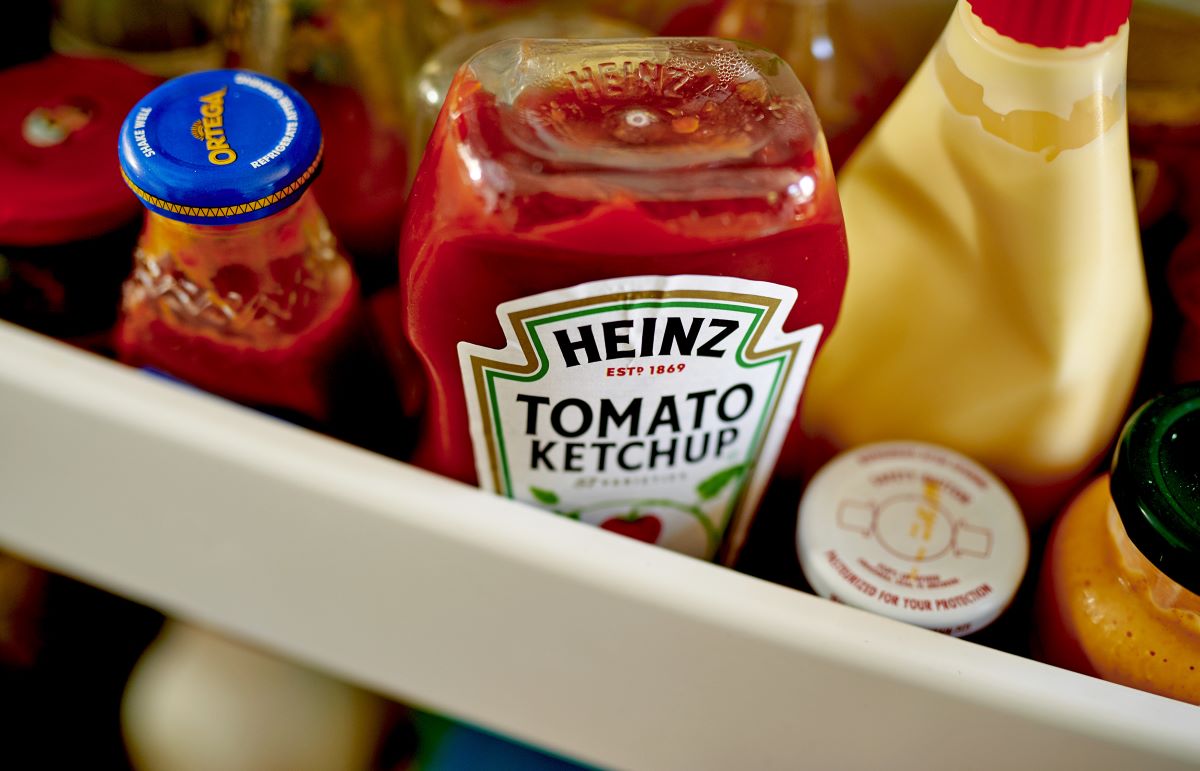


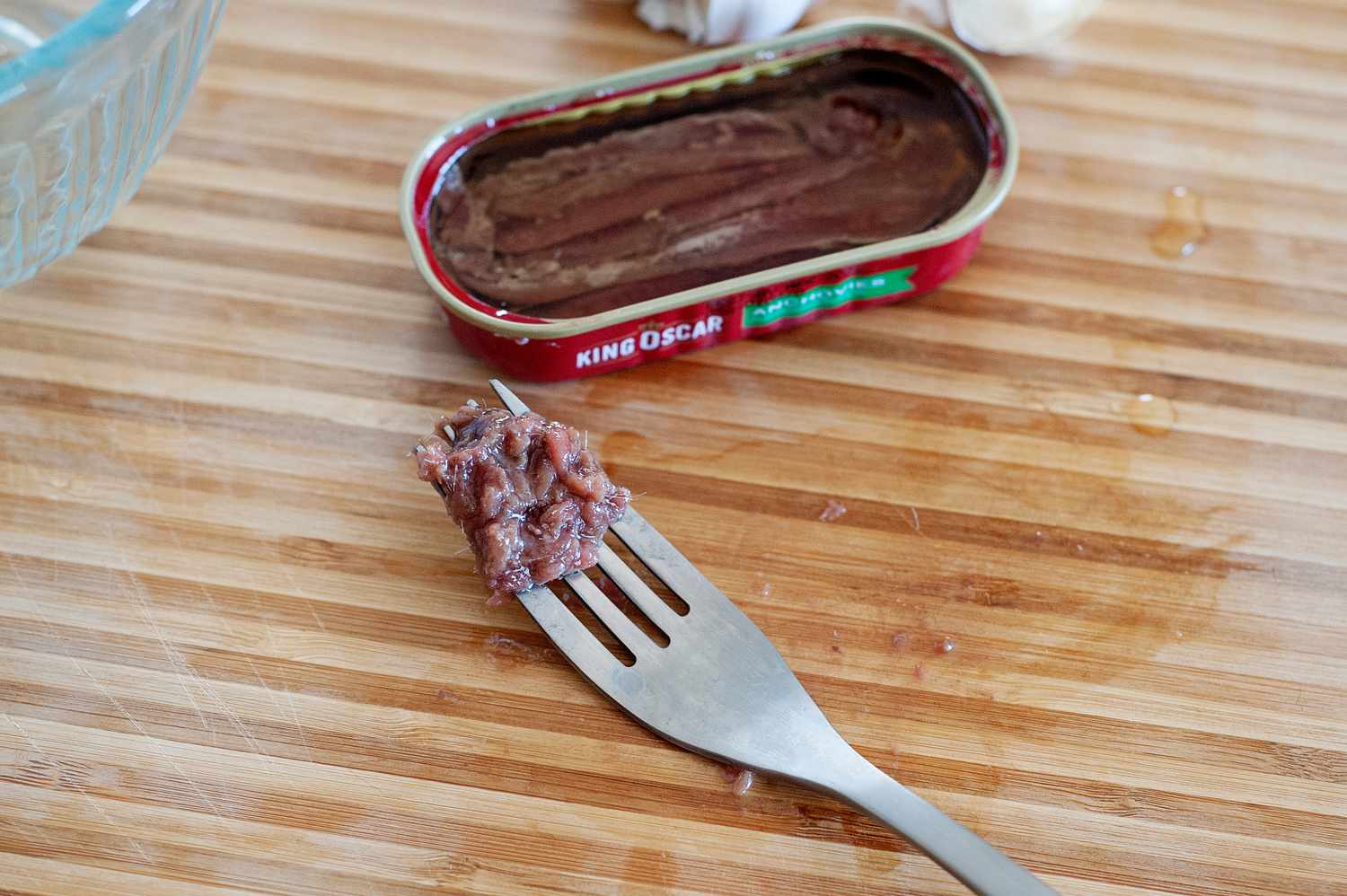


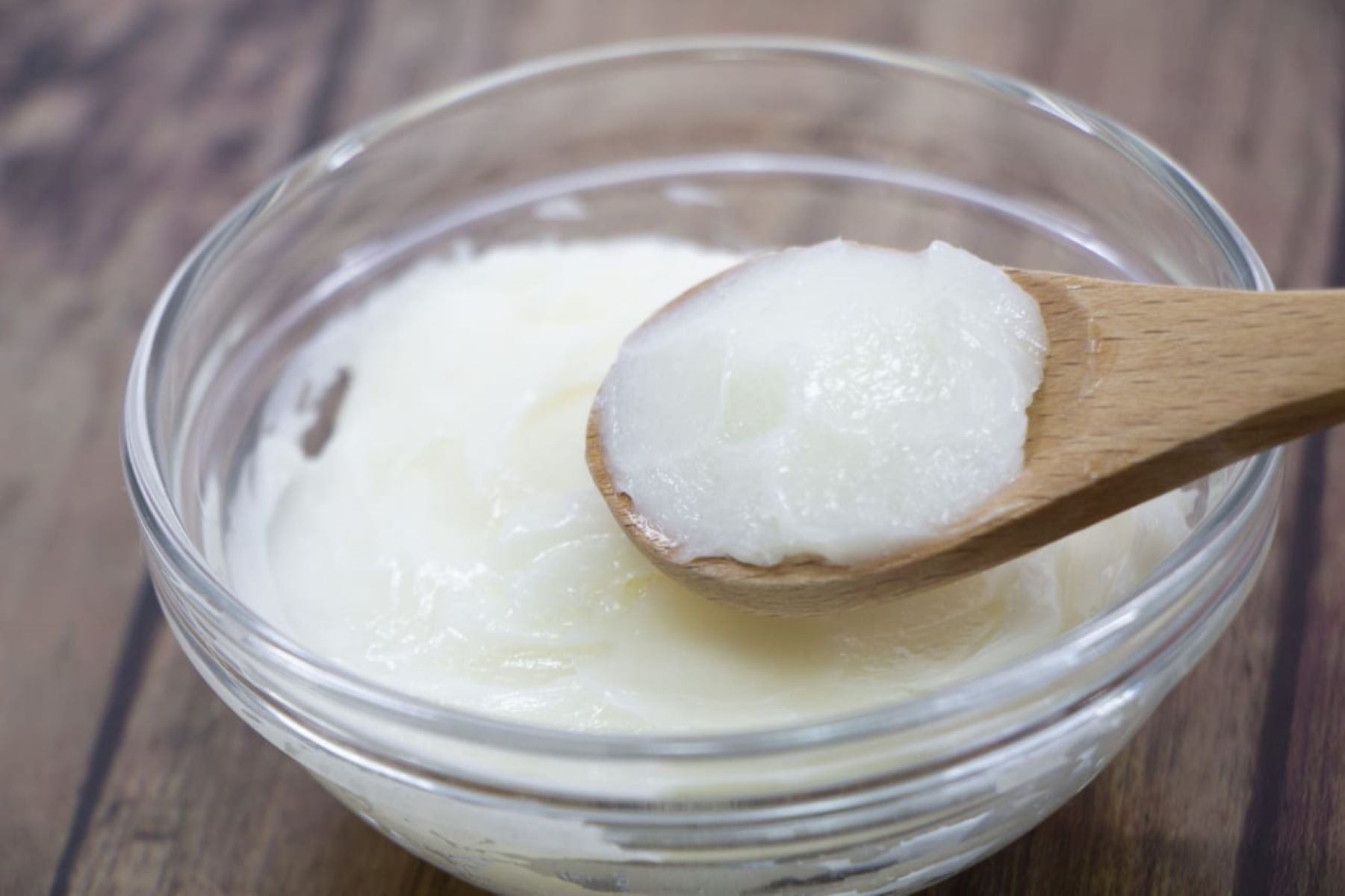


0 thoughts on “How To Store Soy Sauce After Opening”